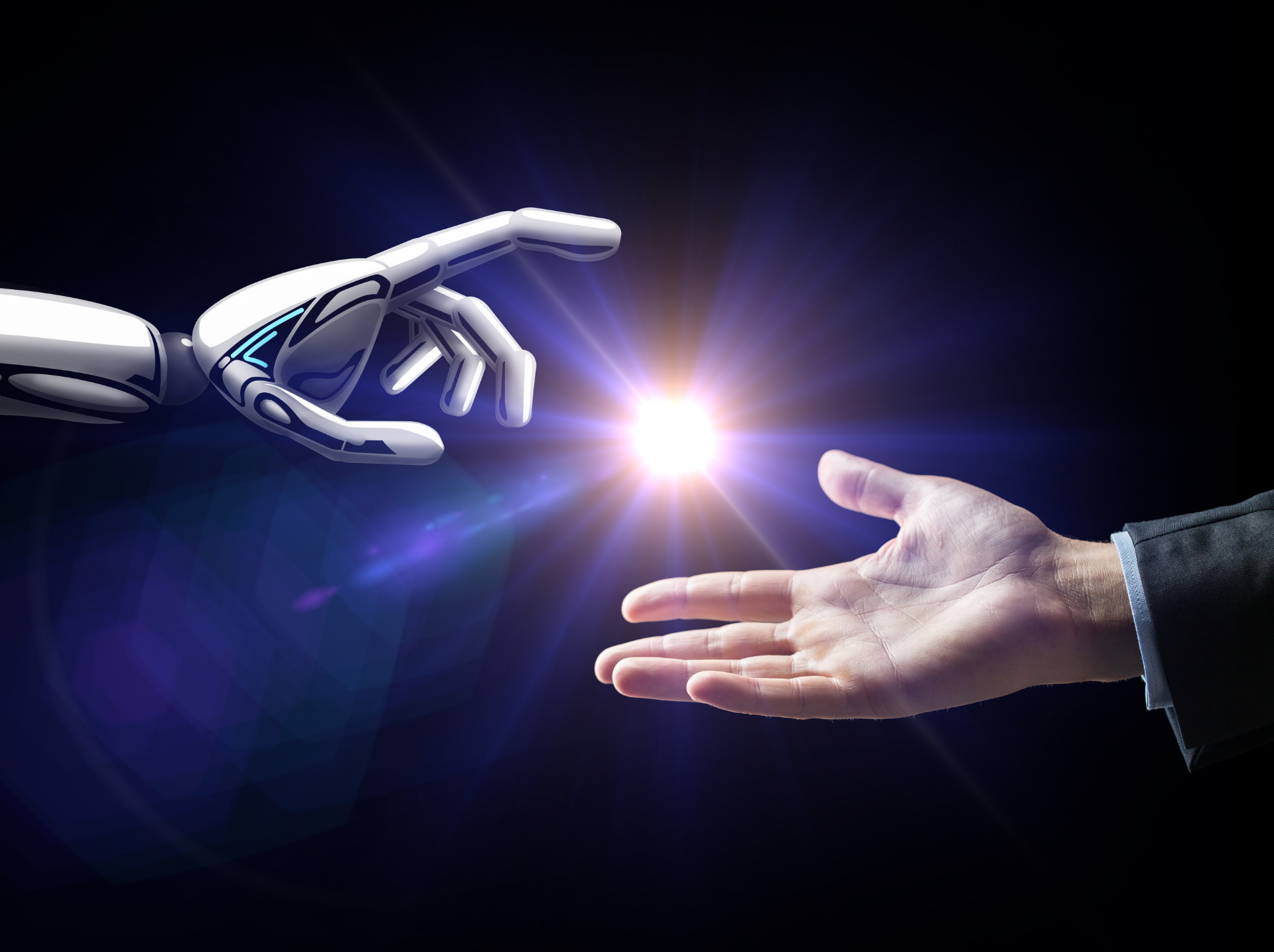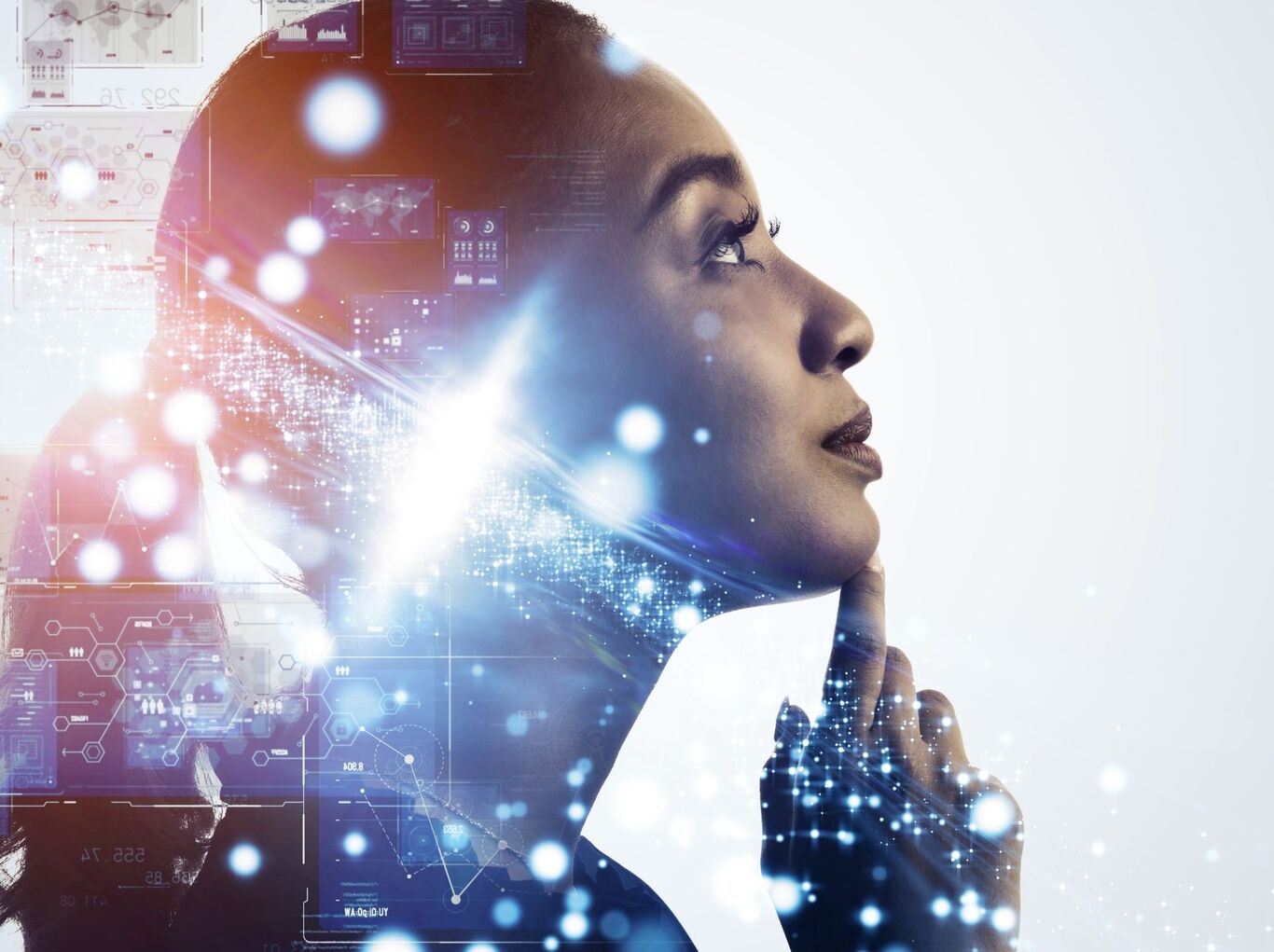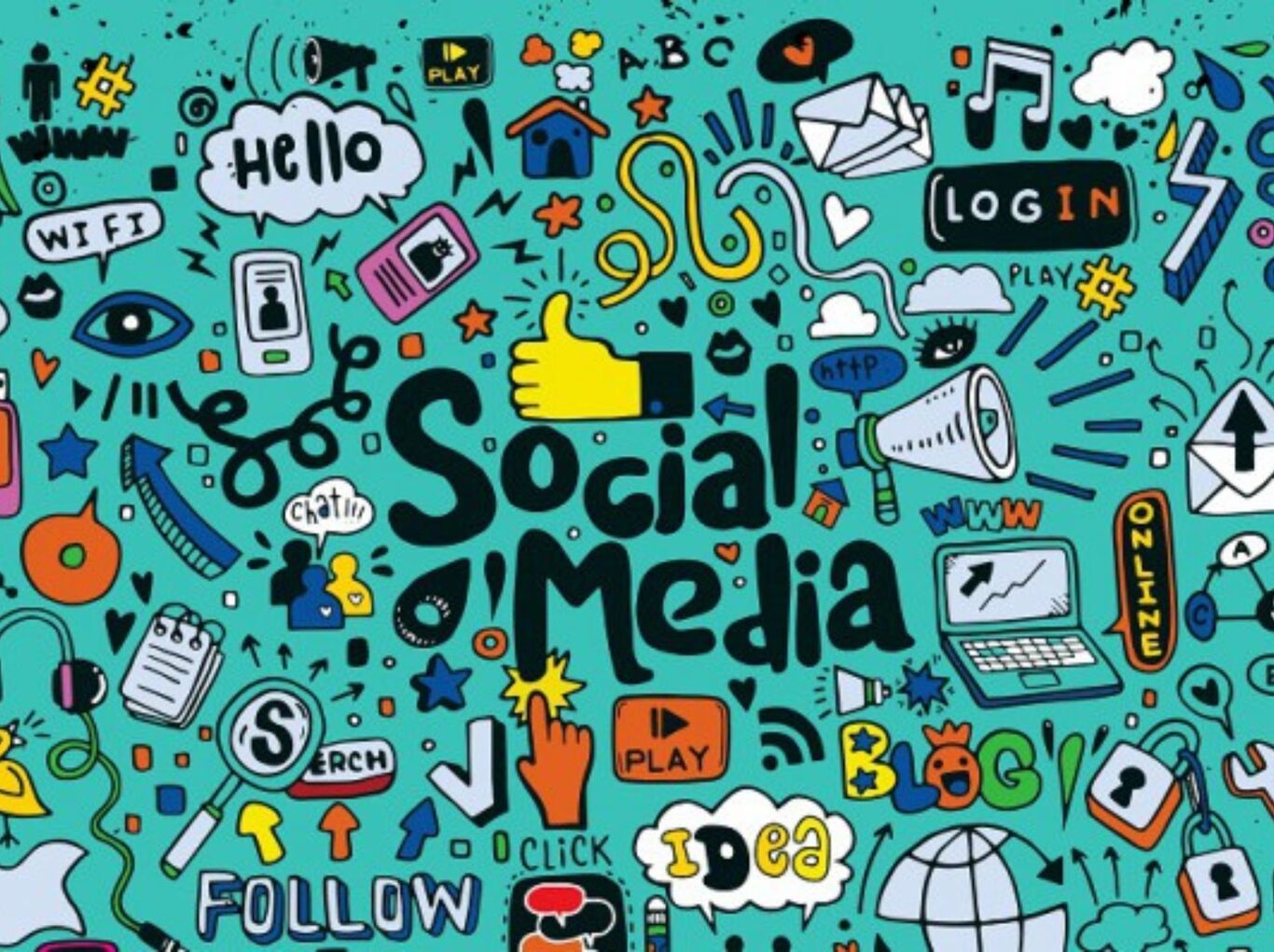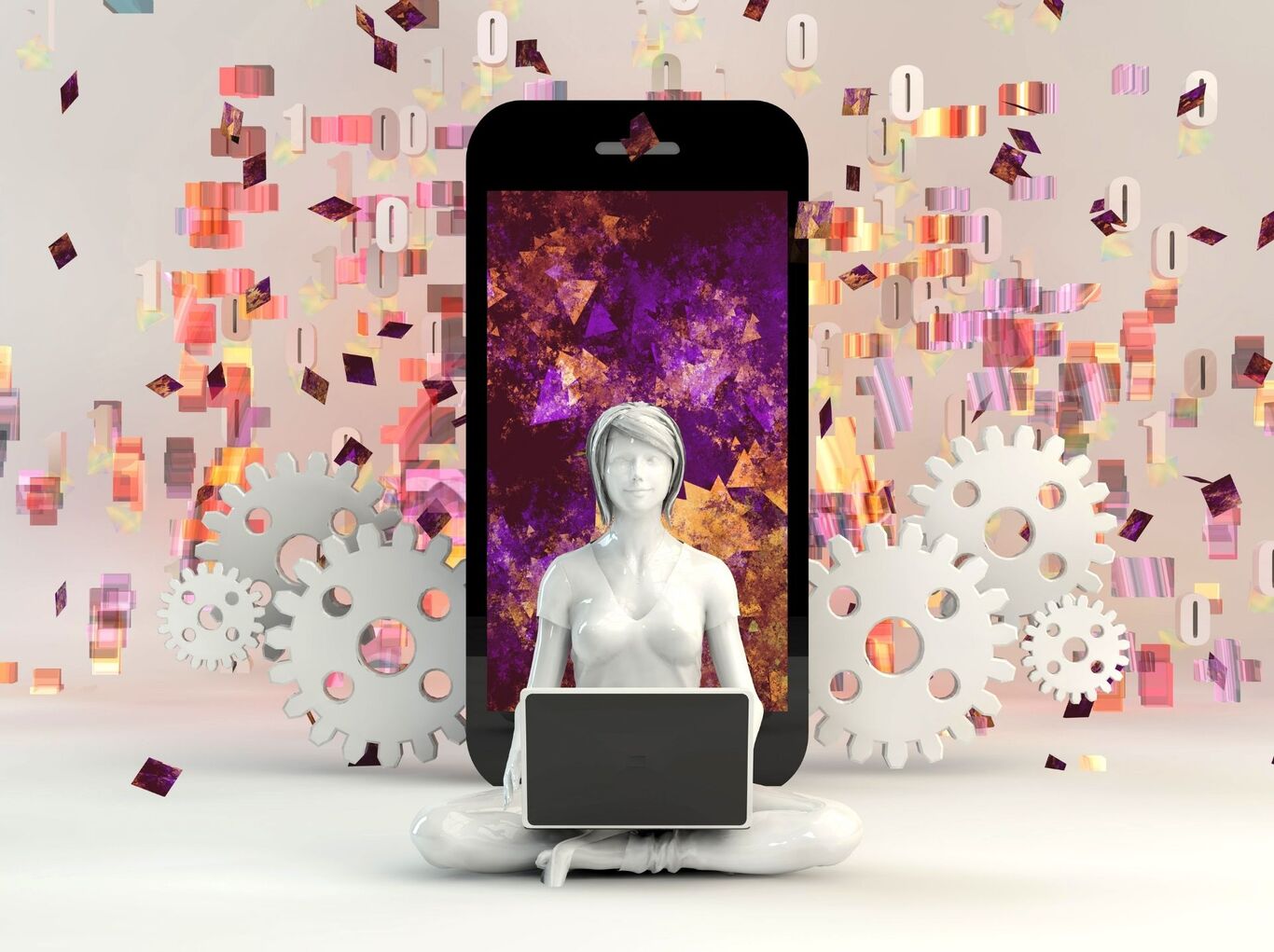Balancing AI and Human Talent in the Future IT Workforce

Integrating AI into the workplace is transforming industries rapidly. As companies embrace AI, the balance between technology and human talent becomes crucial for success.
This balance requires a strategic approach to workforce planning. The aim is to design roles to maximise the strengths of AI and human workers. It must also ensure that both complement each other.
This article explores how to achieve this balance, focusing on the roles of AI, and the irreplaceable value of human talent. We will also cover integration strategies for the IT workforce of the future.
The Role of AI in the IT Workforce
Artificial Intelligence is changing the IT workforce. It automates tasks, boosts productivity and helps analyse data quickly. AI can do repetitive tasks accurately and process large amounts of data faster. It also can offer insights for better decision-making.
For example, AI customer service tools handle simple queries, letting human agents focus on more complex problems. This increases efficiency and customer satisfaction. AI also helps with cybersecurity by detecting threats faster than humans.
AI is impacting various industries by improving efficiency and innovation in data analysis. AI is transforming industries, like:
-
In Finance
AI helps make better investment choices by studying market trends and client data. About 70% of financial leaders[1] think their teams need to learn how to use AI tools.
AI helps financial analysts by finding patterns in data that humans might miss, leading to better decisions. It also reduces fraud by monitoring transactions in real time and can spot unusual activities quickly.
-
In Healthcare
AI improves diagnosis speed and accuracy. Machine learning can analyse medical images faster and sometimes better than humans. However, doctors still need to interpret AI suggestions in the context of a patient's overall health.
This shows how AI supports, but doesn't replace, human expertise. AI helps in drug discovery by predicting how different compounds will affect diseases. AI’s assistance will speed up the process of discovering new medicines.
-
In Manufacturing
AI improves the production process to reduce mistakes and increase output. AI-powered robots perform tasks like assembly and quality control with high accuracy.
AI predicts equipment failures and helps avoid downtime. It smoothens supply chains by predicting demand and managing inventory. This helps manufacturing companies save costs while creating efficient processes.
Irreplaceable Human Talents
AI is strong, but some human resources and skills can't be replaced. Emotional intelligence, creativity, empathy, critical thinking, communication, and adaptability are unique to humans. These skills are key in decisions, solutions, and building relationships.
-
Emotional Intelligence
AI can analyse data, but it can't understand emotions. Emotional intelligence means knowing and managing our own and others' feelings. It's crucial in leadership, customer service, and teamwork. Understanding emotions helps in success.
-
Creativity
AI can find patterns, but it can't think outside the box. Creativity means coming up with new and valuable ideas. It's essential in marketing, product development, and design. Human creativity drives innovation and sets businesses apart.
-
Empathy
Empathy is understanding and sharing others' feelings. It is important in healthcare, education, and social work. AI can help with tasks, but the human touch is irreplaceable. AI can perform tasks efficiently, but it lacks genuine empathy. Human emotions provide a personal touch and deep connection that AI can't replicate. Empathy is key in giving care and support.
-
Critical Thinking
AI can give recommendations, but it can't think critically. Critical thinking means analysing information to make reasoned decisions. It's important in problem-solving, planning, and making ethical choices.
-
Communication
AI can share information, but it can't have real conversations. Communication means listening, understanding, and responding well. It is essential in negotiations, teaching, and teamwork. Good communication builds trust and clarity.
-
Adaptability
AI follows set patterns, but humans can change. Adaptability means being flexible and open to new ideas. It's crucial in fast-changing environments like tech and business. Human adaptability helps us handle surprises. These human talents are essential. Balancing AI with human skills is crucial in the IT workforce.
Integrating AI with Human Talent
Successfully integrating AI with human resources and talent involves several strategies. Combining AI's data-driven insights with human empathy can enhance decision-making and employee engagement. Key approaches include:
Reskilling and Upskilling
Continuous learning is crucial for personal and professional growth. It ensures individuals stay relevant and adaptable in a rapidly changing world. Employees should learn to work with AI, knowing its strengths and limits. Companies can offer training in AI skills like data analysis and AI ethics.
This prepares them for new roles and keeps their skills relevant. Here is how companies can improve and offer training.
- Reskilling
As AI takes over routine tasks, employees need new skills to improve human judgment and creativity. This keeps them valuable as their roles change.
- Upskilling
It helps employees stay updated on new technologies, like AI, blockchain, and augmented reality (AR).
Collaborative Tools
Using AI tools that support human work is crucial for more intelligent decisions. AI can handle data processing while humans interpret and apply the results. Human and AI together enhance results combining AI's speed in data processing with human creativity and insight. Companies can integrate AI for:
-
Decision Support Systems: AI can provide data-driven insights to help humans make better decisions and reduce errors. For example, AI can spot trends and patterns in data that humans might miss.
-
Creative Collaboration: AI tools can boost human creativity and come up with innovative solutions. For instance, AI design tools can suggest layouts and colours, which designers can refine and improve.
Ethical AI Practices
Ensuring transparency and fairness in AI builds trust. Companies must use diverse datasets to train AI and keep AI decisions clear, ensuring fairness and protecting privacy.
This builds trust, promotes accountability, and avoids any harm to society. Here is how companies can ensure ethical AI practices:
-
Bias Mitigation: Train AI with diverse, unbiased data to avoid unfair outcomes. Continuously monitor and adjust AI algorithms.
-
Transparency: Be clear about how AI makes decisions. This will build trust among employees and stakeholders, ensuring support for AI use.
Fostering a Learning Culture
Companies should support lifelong learning and give chances for employees to upgrade their skills. A learning culture keeps the workforce agile and boosts morale. Some ways to create a learning culture are:
-
Culture of Curiosity and Growth: Create a culture of curiosity and growth to motivate employees seek knowledge and innovation. It boosts job satisfaction and retention, driving personal and organisational growth.
-
Adaptability Training: Training should help employees adapt to changes in a tech-driven workplace with new tools and systems. Adaptability helps employees embrace innovation and makes transitions smoother.
Wrapping Up
The future IT workforce will blend AI and human talent, each augmenting the other's strengths. AI will automate the repetitive and data-intensive tasks. On the other hand, humans will cover areas where emotional intelligence, creativity, and complex problem-solving are in focus. This synergy can lead to a more innovative and productive workplace.
To achieve this balance, companies must invest in technology and human resources. This will help create an IT workforce of the future, utilising AI's efficiency while preserving the unique value of human skills.
Discover how GrowthJockey can help your business thrive. With tailored growth strategies, expert insights, and innovative solutions, we’re here to support your journey. Connect with us today and let's grow together with GrowthJockey!
FAQs
1. How can companies smoothly integrate AI with human talent?
Companies should focus on reskilling and upskilling to integrate AI with human talent. Employees must learn to work with AI and understand its strengths and limits. Training programs on AI skills like data analysis and ethics are essential. It is also crucial to use AI tools that help human work, not replace it. This ensures the use of both AI and human skills.
2. What are some examples of tools that help AI and human workers work together?
Collaborative tools help AI and human workers work together. For example, AI can process large amounts of data, allowing humans to interpret results and make decisions. Creative AI tools, like design software suggesting layouts and colours, inspire human designers. These tools streamline work and boost productivity by combining AI's speed with human creativity and judgment.
3. Why is a learning culture important for balancing AI and human talent?
A learning culture is crucial for balancing AI and human talent. It keeps the workforce adaptable and skilled. Continuous learning programs keep employees updated on the latest AI technologies. This helps them work well with AI systems.
Encouraging lifelong learning and adaptability boosts morale and prepares employees for future challenges. Supporting ongoing education helps companies stay competitive and ensure a smooth integration of AI and human talents.








